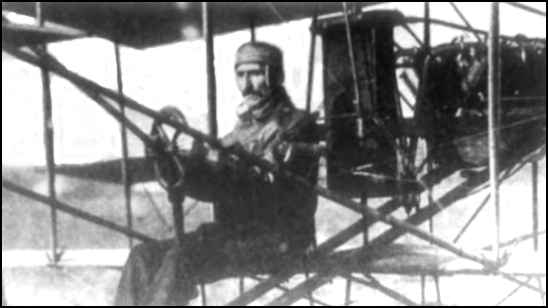
1874-1921 AKA C. B. Winders ? |
 |
from The National Guard: an illustrated history of Americas citizen-soldiers by John W. Listman and Michael D. Doubler |
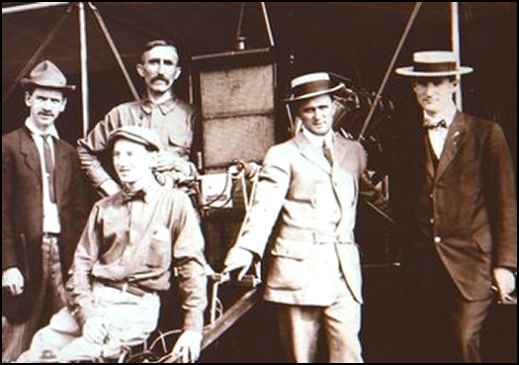 |
The man sitting down in unidentified. Contributed by Dan Rodgers, 8-5-10 |
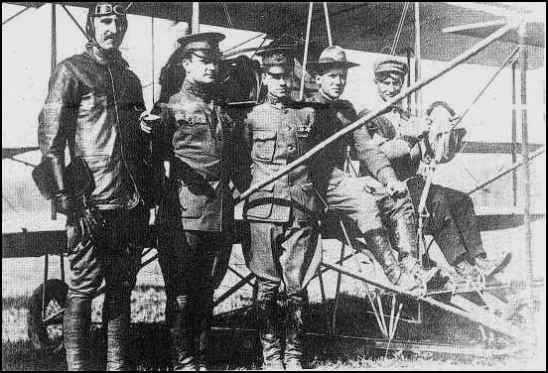 |
Army Lieutenants Leighton W. Hazelhurst, Thomas Milling, and Paul Beck. At the control is Curtiss instructor Charles F. Walsh, civilian, who flew exhibitions in Nebraska before Worlod War I. (Courtesy of U.S. Air Force) |
|
from Charles Walsh by Alice Walsh WALSH TESTS PLANE FOR ARMY To get things underway, the army sent a contingent of officers and enlisted men to Augusta, Georgia in the winter months. Their specific purpose was to make further investigation and conduct acceptance test of the new Curtiss military planes. Headed by Captain C. DeF. Chandler, and Capt. Paul Beck, Lt. T. DeMilling, USASC, and Lt. Col. C.B. Winder of the Ohio National Guard, the men arrived in mid-March and proceeded to set up tent hangers and living quarters along a flat stretch of bottom-cottonland along the Savannah River. In the meantime Curtiss shipped four pushers to Augusta for the trials--surely one would qualify. Glenn Curtiss was in San Diego at the time and found that Charlie Walsh, flying at Houston, was the best qualified pilot and the only one with enough flexibility in his schedule, at that crucial time, to fly the acceptance trials. He was directed to go to Augusta, as soon as possible, to see if he could get one of the planes there to do what the Army wanted. Charlie arrived March 14th and scheduled official trials to start on the 19th. In addition to Bill Fell, Curtiss had sent two special mechanics to help Walsh, James "Big Jim" LaMont and Louis "Little Lou" Crantz. The men had a ball. It was hard to be serious over trying to meet the specifications to the letter. The Army officers were just as interested and helpful im making the plane meet or come near the demands as was Curtiss. Flying would start at 8:00am every morning and while there was no problem meeting the top speed specification of 45 mph and remaining aloft and equivalent of four hours, based on the fuel consumed method of computation, the full load of 450 lbs-plus payload climb remained elusive even after extra wing panels were fitted for added lift. Charlie tried valiantly to meet the climb with load on several occasions, but failed. In the meantime, the officers got some dual time in and Charlie took everybody for a ride--everyone from Pvt. Arthur H. Mix (who would later become Lincoln Beachey's mechanic) to Harry Shearer, a local Augusta newspaperman. Even Big Jim and Little Lou had a few rides. The water was good for the cotton fields, but it could have been disastrous on airplanes. The planes were put on blocks in their tents to keep them above the swirling waters. The weather bureau didn't expect the swollen Savannah to recede for at least two weeks. After that the camp grounds and flying field would be so muddy that activities couldn't be carried out for another month. As far as the officers were concerned the Curtiss machine had passed all tests successfully except the climb to 2,000 feet in 10 minutes carrying some 475 pounds of weight. (1,000 feet in 5 minutes would have done it). The crew was ready to go home. |
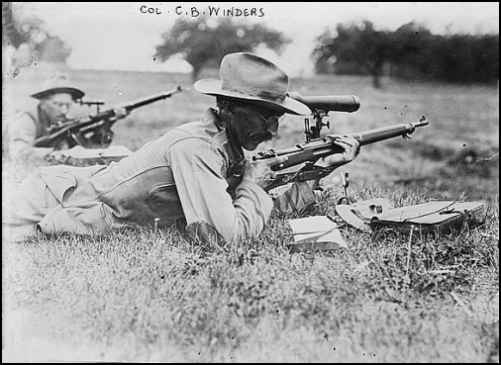 |
Library of Congress Collection |
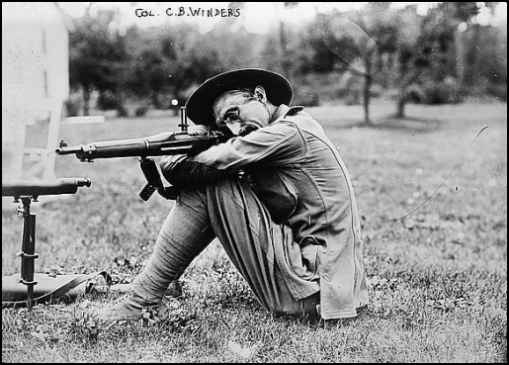 |
Library of Congress Collection |
|
|
|
|
|
please contact me. E-mail to Ralph Cooper |


|